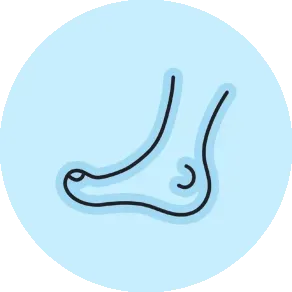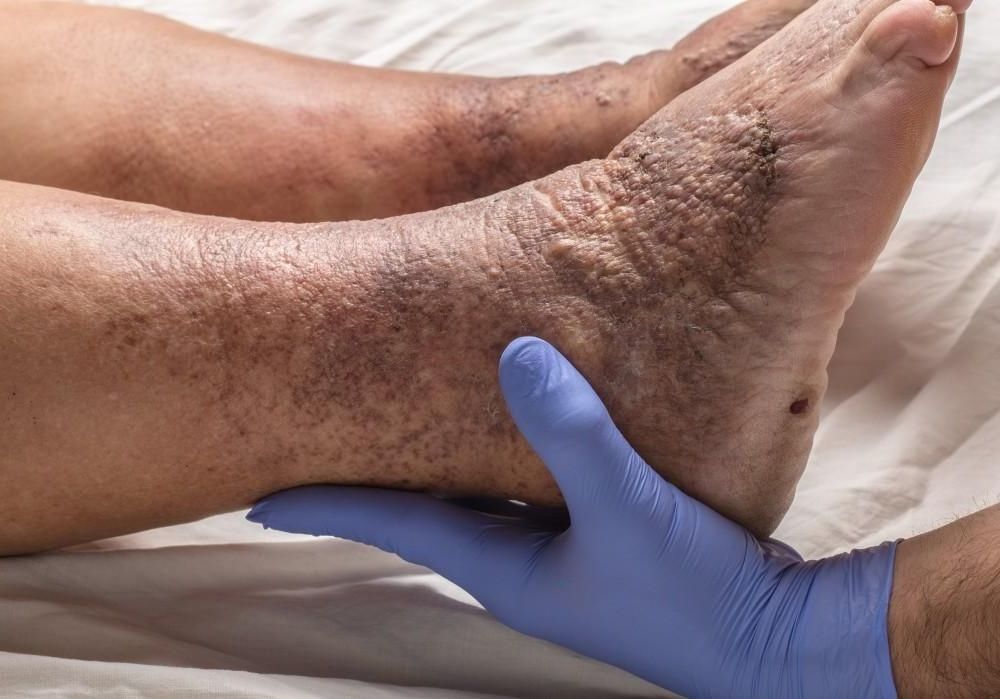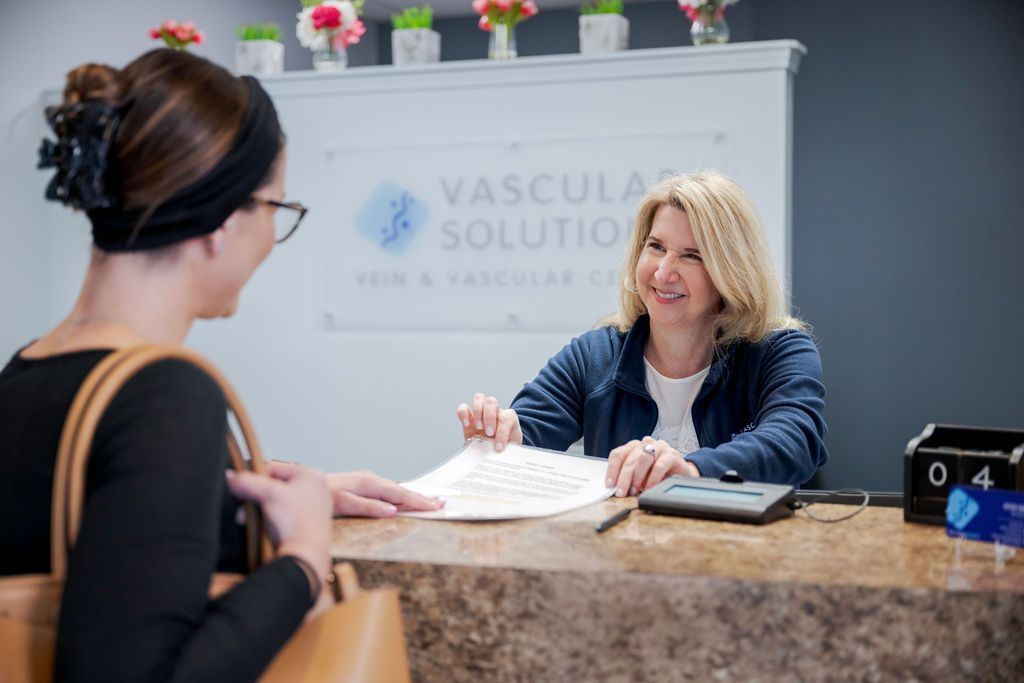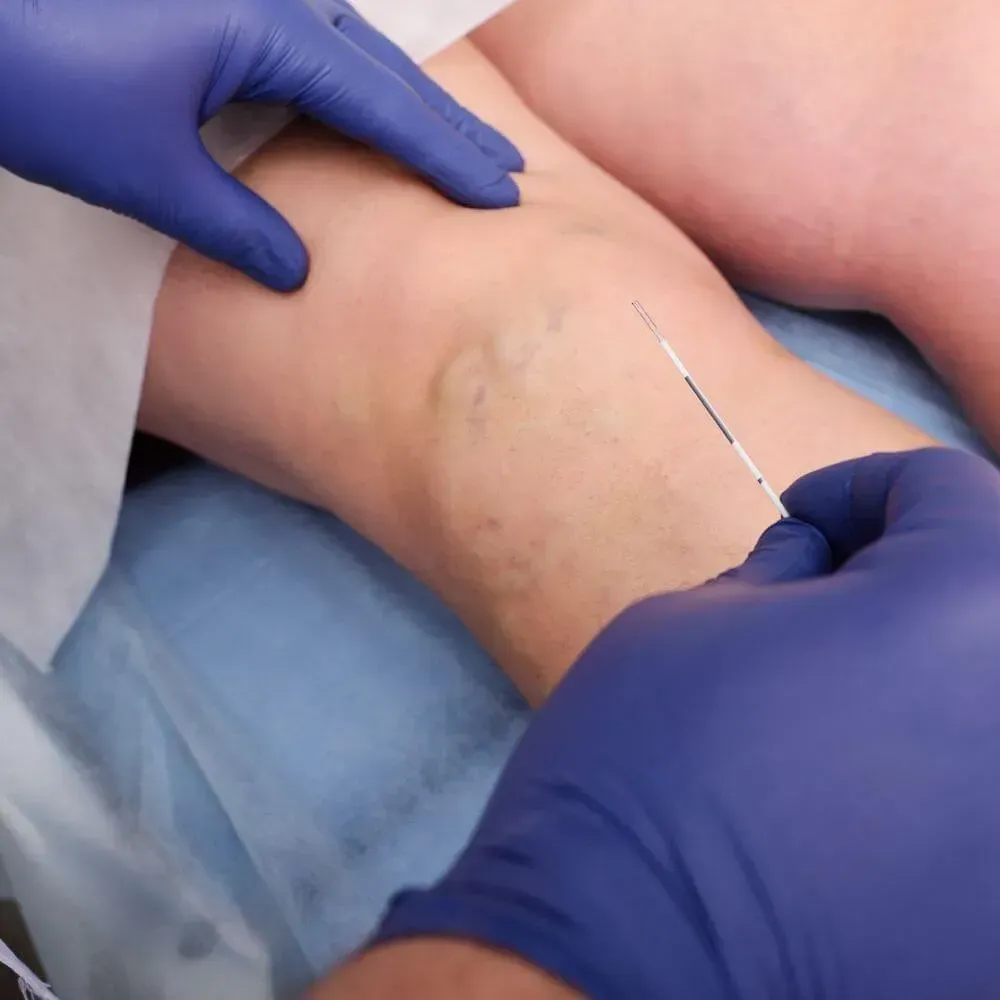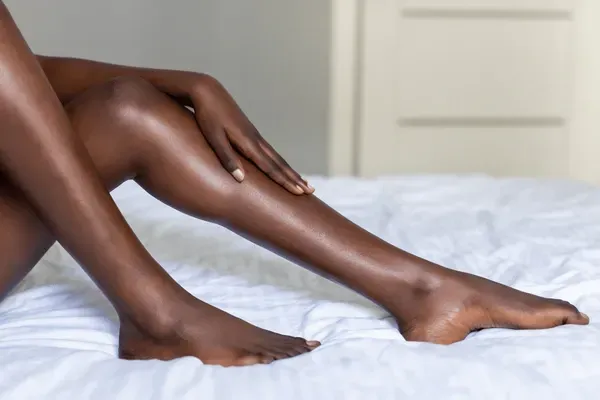LEG VEIN CARE 101
MORE THAN MEETS THE EYE
Living with leg vein problems can affect every aspect of your life – from how you feel to what you wear. As The Leg Vein Experts, we know these symptoms deserve more than just cosmetic attention. If you're experiencing visible veins, discomfort, or swelling, you may have an underlying vein condition that requires medical expertise.
UNDERSTANDING LEG VEIN DISEASE
The underlying cause of vein disease is poor circulation, which results in blood pooling in veins, leading to increased pressure and bulging. Various factors can contribute to this condition, including genetics, age, pregnancy, obesity, and prolonged standing or sitting.
Expert Insight: You're not alone – leg vein disease affects 1 in 2 women and 1 in 3 men in the United States. Despite how common these conditions are, many people delay seeking treatment. Our experience shows that early evaluation and treatment by a vein specialist leads to better outcomes and helps prevent more serious problems from developing.
TAKE OUR QUICK QUIZ FOR BETTER LEG VEIN HEALTH
UNDERSTAND YOUR LEG SYMPTOMS
Tell us about you and your legs. This interactive quiz helps identify potential leg vein issues and provides personalized insights based on your symptoms.
Whether you're experiencing discomfort, visible veins, or just want to be proactive about your leg vein health, our board-certified specialists can help guide you toward the right solutions.
Your answers will help us understand your unique needs and determine if you might benefit from an evaluation with our leg vein experts.

COMMON CONDITIONS:
WHY EARLY TREATMENT MATTERS
Vein disease is progressive, meaning symptoms can worsen over time if left untreated. However, there's good news - with early intervention from our board-certified specialists, most patients experience relief in as little as one week. At Vascular Solutions, we offer today’s most advanced, minimally invasive treatments:
- Customized Treatment Plans
- Non-Invasive Options
- Quick, In-Office Procedures
- Minimal Recovery Time
- Long-Term Results

ADVANCED TREATMENT OPTIONS:
FREQUENTLY ASKED QUESTIONS
At Vascular Solutions, we understand you may have questions about vein care, our practice, and treatment options. Here are answers to common questions from our patients. If you don't find what you're looking for, we encourage you to contact us directly.
WHAT TYPE OF CONDITIONS ARE TREATED AT VASCULAR SOLUTIONS?
As The Leg Vein Experts, we provide comprehensive care for all vein and vascular conditions. From cosmetic spider veins to complex vein problems and leg ulcers, we create individualized treatment plans for the full spectrum of vein disorders. Common conditions we treat include varicose veins, leg swelling, and chronic venous insufficiency.
WHAT MAKES VASCULAR SOLUTIONS DIFFERENT?
Our commitment to excellence sets us apart:
- Board-certified vascular surgeons
- Comprehensive patient evaluation
- On-site diagnostic testing
- Personalized treatment plans
- Patient education focus
- No pressure approach
WHO WILL TREAT MY CONDITION?
Your care will be provided by our board-certified vascular surgeons, led by Dr. Ford. Vascular surgeons undergo specialized training in both surgical and minimally invasive treatments of vascular disorders. This expertise allows us to accurately diagnose your condition and determine the most appropriate treatment approach.
WHAT ARE SPIDER VEINS?
Spider veins are tiny damaged veins visible just below the skin's surface, appearing as web-like patterns in blue, purple, or red. While typically less than 1mm in diameter, these veins can cause cosmetic concerns and occasionally result in tingling or burning sensations.
WHAT ARE VARICOSE VEINS?
Varicose veins are abnormally dilated veins measuring more than 3mm in diameter, commonly occurring in the legs. These veins can bulge, twist, and become visible on the skin surface, often causing symptoms like leg fatigue, aching, discomfort, and itching.
WHAT CAUSES VARICOSE VEINS?
While the exact cause can be difficult to pinpoint, several factors increase the risk of developing varicose veins:
- Age
- Gender (more common in women)
- Pregnancy
- Hormonal changes
- Weight
- Prolonged standing/sitting
- Family history
- Previous blood clots
WHAT ARE THE SIGNS OF VEIN DISEASE?
Common symptoms include:
- Leg aching and fatigue
- Heaviness and cramping
- Swelling in feet or ankles
- Skin discoloration
Expert Insight: You can have significant vein disease without visible varicose veins. Symptoms often worsen with prolonged sitting or standing.
HOW DO I KNOW IF I NEED AN ULTRASOUND?
If you have only scattered spider veins without symptoms, you may not require ultrasound evaluation. However, we recommend a consultation with our specialists to determine if further testing would be beneficial. If needed, we can perform ultrasound testing during your initial visit.
I'M ANXIOUS ABOUT MY UPCOMING PROCEDURE. WHAT OPTIONS ARE AVAILABLE TO HELP ME FEEL MORE COMFORTABLE?
At Vascular Solutions, we understand that procedures can cause anxiety. During your initial consultation, you can discuss the option of using Pro-Nox (“laughing gas”) with your provider. Pro-Nox is a patient-controlled nitrous oxide system that helps reduce anxiety and discomfort during procedures. This quick-acting option allows most patients to drive themselves home after a brief 15-minute recovery period.
Key points to discuss with your provider:
- Your specific anxiety concerns
- Previous experiences with medical procedures
- Current medications, including anti-anxiety medications
- Medical history that might affect Pro-Nox use
Cost ($150 per treatment, self-pay)
Contact our office if you have immediate questions about anxiety management options.
TAKE THE NEXT STEP
Contact us to schedule an evaluation today. At Vascular Solutions, we combine medical excellence with genuine care to help you achieve happier and healthier legs.










